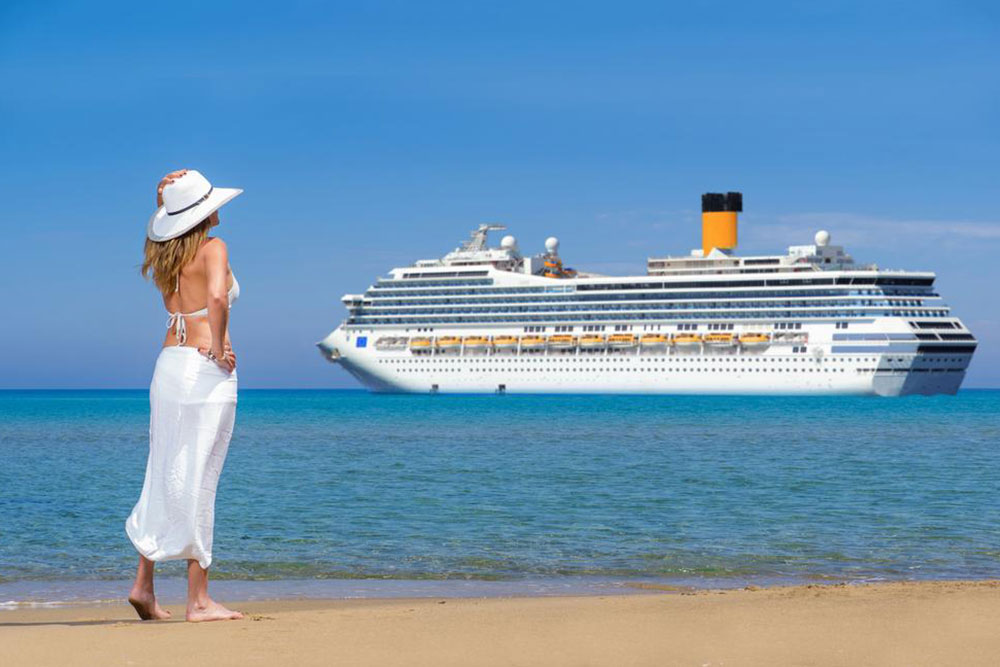Exploring the world of books and literature
Reading allows you to expand your vocabulary, enhances your imagination, and even works as a great recreational activity. But sometimes, we’re boxed in by the books we read because we want to stick to what we’re familiar with. At times, it could also be because we’re unaware of what the literary world has to offer. Read on to explore and gain an in-depth understanding of the world of books and literature.

The difference between books and literature
There is quite a bit of confusion about the difference between books and literature. But, the thing is, it’s not quite as simple as “they are different” or “they are the same.” Typically, when people talk about literature, they are referring to written works such as novels or poetry; however, the term encompasses all forms of written works. This includes writings that have been published on a particular subject, leaflets or any other printed matter, and even books. The word literature is also often used when it comes to classics, which are novels that attain a certain level of fame, appeal, and longevity. Books are loosely defined as printed works that consist of multiple bound pages that have covers on both ends. What this tells us is that all books are technically a form of literature. But, not all literature qualifies as books.
There are several different genres of books. The main classification when talking about books is between fiction and non-fiction. In case you’ve been looking for some new hardcovers to pick up, here are some popular choices in both:
Fictional books
Fiction is an imaginative piece of writing. These pieces of writing can be based on reality, but none of the characters or events actually exist in reality. Fiction itself has many subgenres, such as:
Drama
Dramas are plays or stories that are written in the form of prose or verse. This form of literature is mainly used in theater and is written for the express form of being performed. Drama showcases emotions and conflicts with the help of dialogue, dance, music, and action.
Adventure/Fantasy
Adventure and fantasy is another popular subgenre in the world of fiction literature. These books completely suspend reality and focus on new world-building and settings. These types of books require the readers to completely let go of their reality and challenge the imagination.
Comedy
Comedy is very similar to drama in literature. The only difference is that comedy is light and funny. The main purpose is to entertain the audience, amuse them, and make them laugh.
Tragedy
Tragedy literature is also similar to drama literature. These types of books aim to teach the readers lessons through the journey of the protagonist.
Non-fictional literature
Non-fictional literature is basically factual writing. The style and prose of these types of written works are very similar to conversational languages. There are many different forms of non-fictional books.
Autobiographies
Autobiographies are books recounting an individual’s life. When it is an autobiography, the person is telling their story themselves. Biographies also tell the life story of an individual, but they are written by another person.
Memoirs
Memoirs are books that basically tell us about a person’s life experiences. But, these books are more themed or focus on a certain message rather than just telling a story.
Journalism
Journalism is also a form of literature. This includes newspapers, reporting, periodicals, and online and offline news platforms.
Academic work
When it comes to academia, there is a lot of focus on written work that explains a researched concept. We have textbooks, school papers, published papers, and so on and so forth. These could be written for any field, such as science, math, and even philosophy.
Non-fictional literature also extends to travel writing, blogging, self-help books, instructionals, and narratives. Aside from non-fiction and fiction, literature also encompasses poetry. It is rather difficult to define poetry. But, in simple terms, it is simply a form of rhythmic writing that is used to express feelings and emotions. There are multiple subgenres when it comes to poetry as well, such as sonnets, lyrics, limericks, and haikus, among others. These are arranged in the form of stanzas and verses, which tend to follow rhyme schemes. There are several rules regarding the rhyme schemes used in poetry. You may also have to follow the rules regarding the number of syllables in each line when writing poetry.
However, poetry can be written in free form or free verse. This means that there are no rules to be followed. Note that rhyming is not a requirement for poetry. The two main subgenres of poetry are lyric and narrative. Lyric poetry is about expressing emotions rather than telling a story. Narrative poetry is basically telling a story in the form of a poem.




